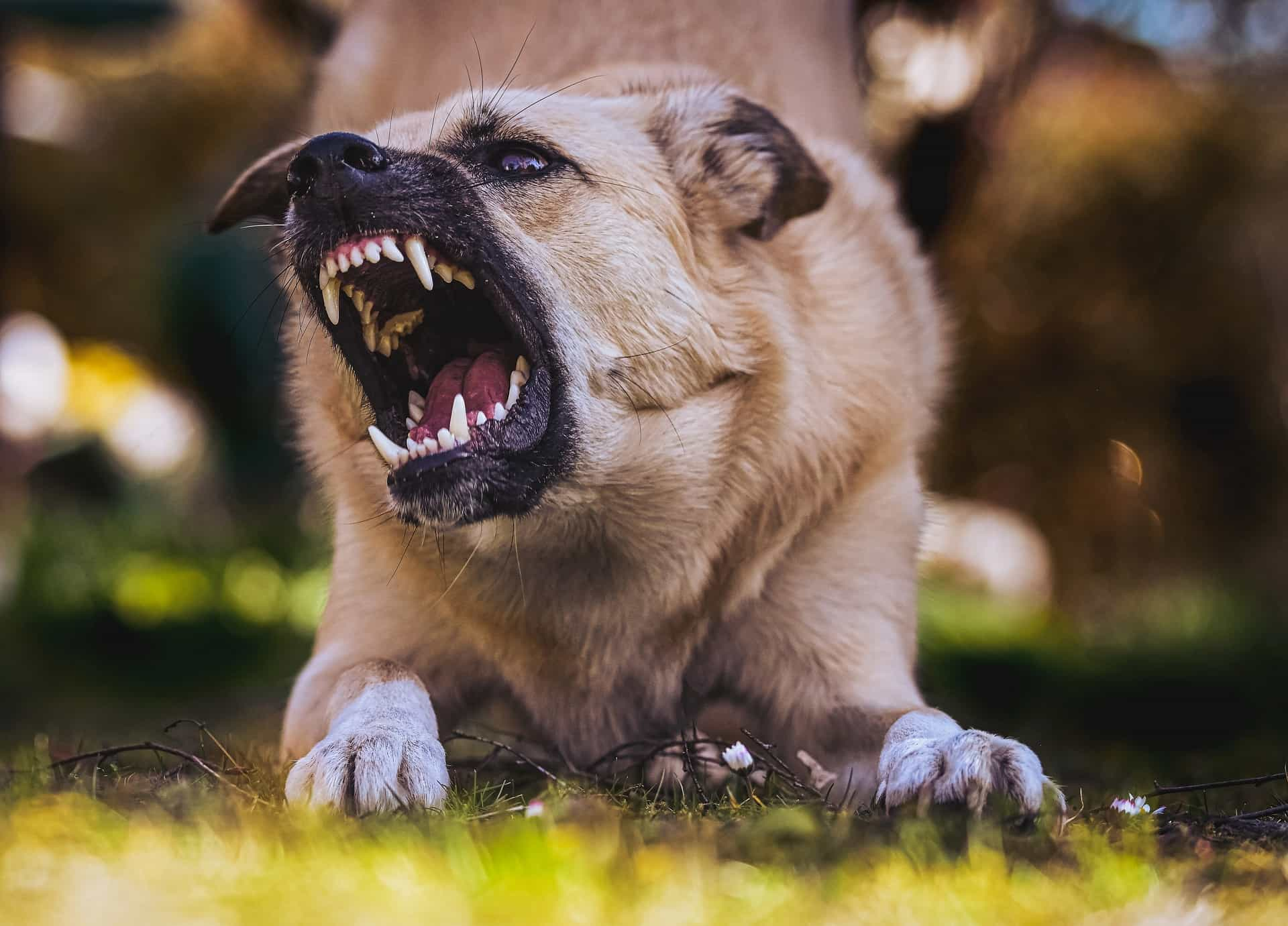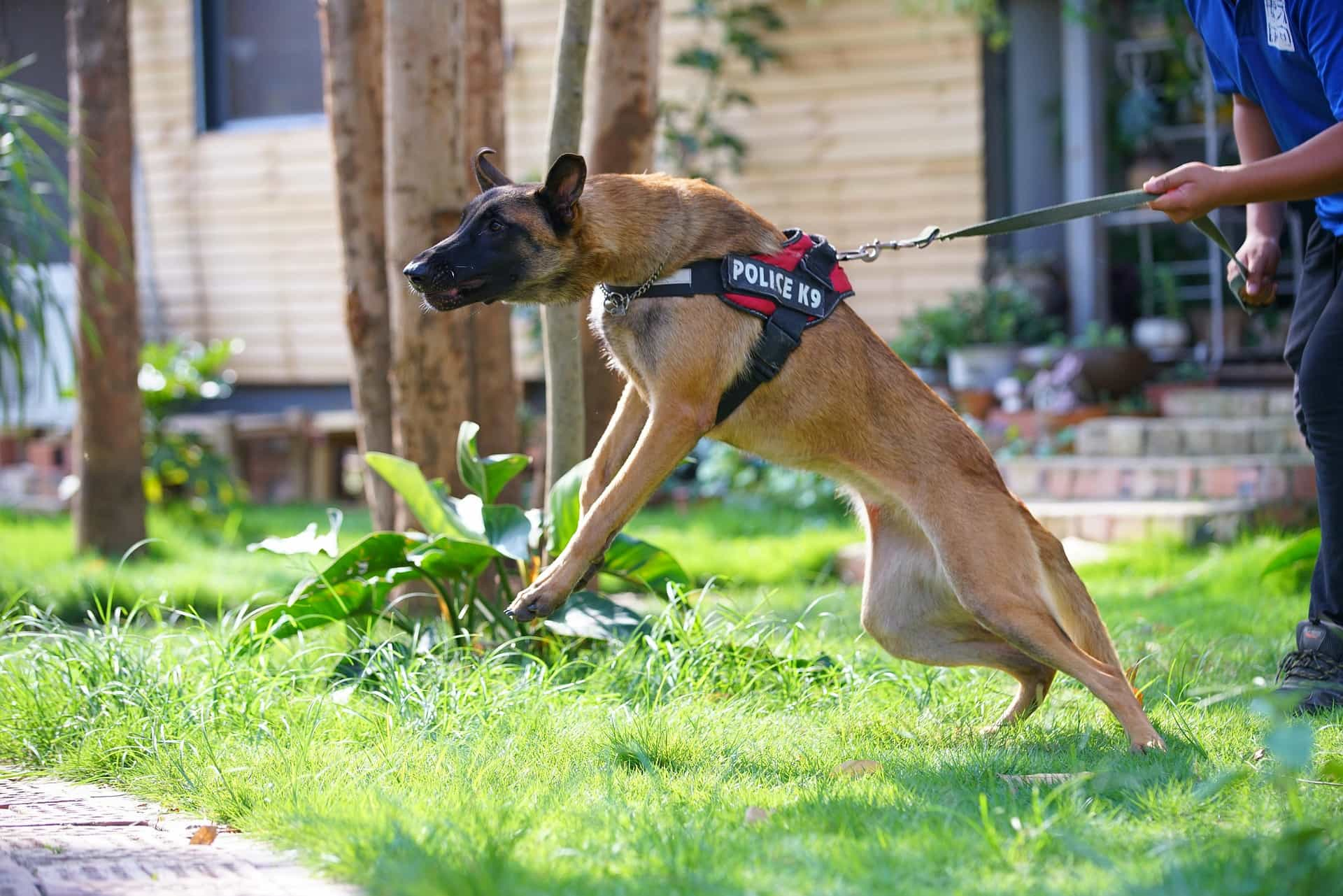Table of Contents
Understanding Dog Bites | Different Types of Bites | Causes | Signs & Symptoms | Prevention | Bite Treatment | Legal Rights After Being Bitten
Summary:

Dogs are known to be loyal companions and beloved pets, but unfortunately, they can also pose a risk of injury through biting. It's important for dog owners and non-owners alike to understand the causes of dog bites, the signs and symptoms, and how to prevent and treat them. Additionally, knowing the legal rights surrounding dog bites is crucial in case of an incident. In this blog, we will explore the topic of dog bites in-depth, including prevention strategies, treatment options, and legal rights. By educating ourselves on this topic, we can ensure the safety and well-being of both humans and our furry friends.
Understanding Dog Bites
Dog bites can be a serious issue, causing injury, medical expenses, and even death. You will need legal help to protect yourself and your family when such happens. For instance, a dog bite lawyer in Detroit can help you understand Michigan’s dog bite laws and help you get the compensation that you deserve. Knowing your rights is important in case of a canine-related incident.
Understanding the different types of dog bites, the causes behind them, and the signs and
Different types of dog bites
There are three main types of dog bites that can occur.
- Shallow bite: A shallow bite is a minor injury with little to no penetration into the skin. Such bites usually don’t break the skin and cause minimal damage, but they can still become infected if left untreated.
- Puncture wounds: Puncture wounds are caused by deep penetration of the teeth into the skin, resulting in more serious injuries than shallow bites. These puncture wounds are more likely to become infected due to bacteria from the dog’s mouth entering the wound.
- Lacerations: Lacerations are deep cuts caused by a dog’s sharp teeth that tear through the skin and may require stitches or sutures for proper treatment.
Causes of dog bites
If you're hospitalized because of an attack and then diagnosed with rabies or another infectious disease, call animal control immediately to report the canine responsible so that if it has not yet been caught by authorities, it can be hunted down and put down. The owner may escape legal charges due to negligence, but this sentence will still be handed out - even though no law was broken!
Signs and symptoms of dog bites
Signs and symptoms of dog bites
Some signs of dog bites include:
- Visible bite marks or puncture wounds
- Swelling, bruising, and redness
- Pain or discomfort
- Infection or fever
- Behavioral changes in the dog, such as aggression or fear.
By understanding the different types, causes, and signs of dog bites, we can take steps to prevent them and seek prompt treatment when necessary.
Prevention of dog bites
It is essential to take steps to prevent dog bites for the safety of humans and dogs. Responsible pet ownership is key in this regard; spaying or neutering your dog can help reduce aggression while keeping them properly restrained with a leash or a fenced yard will ensure their safety.
Additionally, providing regular exercise and mental stimulation will help keep your dog healthy and well-behaved. Socialization and dog training are also important; it is best to expose your dog to different environments and people at an early age, teaching them basic obedience commands such as “sit,” “stay,” and “come.” Rewarding good behavior and redirecting negative behavior can also be beneficial.
Adults and children should avoid approaching unfamiliar dogs or making direct eye contact with them to reduce the risk of a dog bite. If followed properly, these prevention strategies can lead to a safe relationship between humans and dogs for many years to come.
Treating dog bites
If a dog has bitten you or someone you know, it is important to take prompt action. After washing the wound with soap and water, pressure should be applied with a clean cloth to stop bleeding. The wound should then be covered with a sterile bandage. If the wound is deep or there are signs of infection present, medical attention should be sought immediately.
A doctor may prescribe antibiotics or a tetanus shot as part of treatment. Following up on all appointments is essential to ensure that the wound is healing properly. In cases of severe bites, rehabilitation, such as physical therapy, occupational therapy, or even surgery, may be necessary to regain full use of the affected area. It is also important to monitor the wound for signs of infection, such as redness, swelling, or discharge. If any of these symptoms occur, medical attention should be sought immediately.
Taking prompt action and following up with treatment is vital to ensure that the wound heals correctly and there are no further complications.

Legal Rights After Suffering a Dog Bite
In many states, dog owners are liable for any injuries their pets cause. If you or someone you know has been injured due to a dog bite, it is important to seek legal advice immediately in order to determine your rights and the potential for recovering damages from the owner.
If successful, compensation for medical expenses, lost wages, pain and suffering, and other associated costs can be sought. It is also essential to fully understand the laws governing pet ownership in your locality before taking any further action.
In addition to civil remedies, criminal penalties may be pursued if the attack was particularly serious or intentional. Depending on the circumstances, it is possible for a dog owner to face charges of reckless endangerment or even assault with a deadly weapon. An animal control officer may also decide that the pet should be quarantined or euthanized in extreme cases.
It is important to remember that while you do have certain rights as a victim of a dog bite, it is also essential to take appropriate safety measures when encountering unfamiliar animals in order to avoid similar situations occurring in the future. Keeping your distance and not agitating animals
can greatly reduce the risk of an attack taking place.
Taking the necessary safety precautions when interacting with any unfamiliar animals is essential. It is also important to understand the legal rights available for those who have suffered a dog bite in order to ensure that proper action can be taken and justice can be served. Following up on all treatments after a dog bite is also key to preventing further complications. By taking the right steps, individuals can help prevent future attacks and ensure a safe relationship between humans and dogs.
